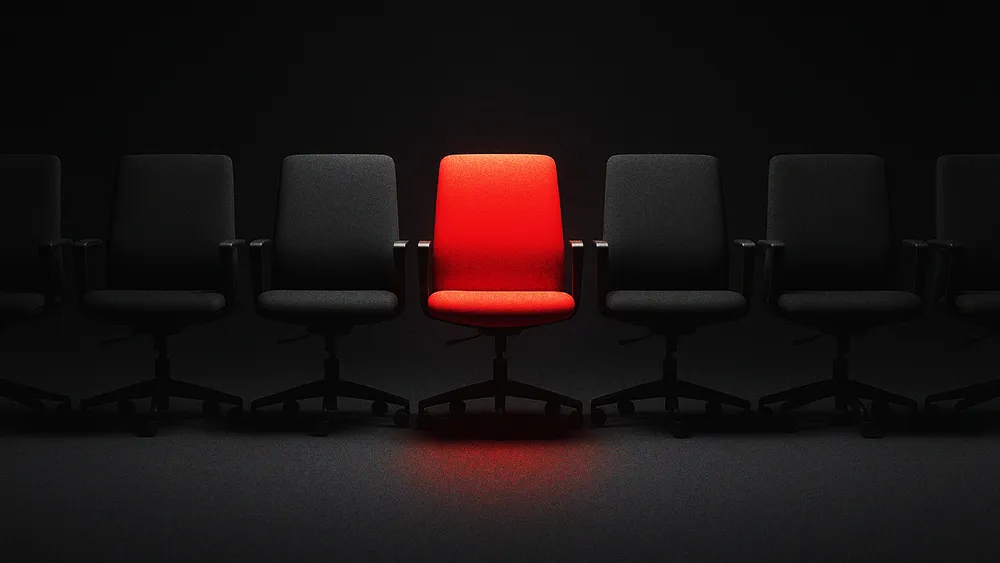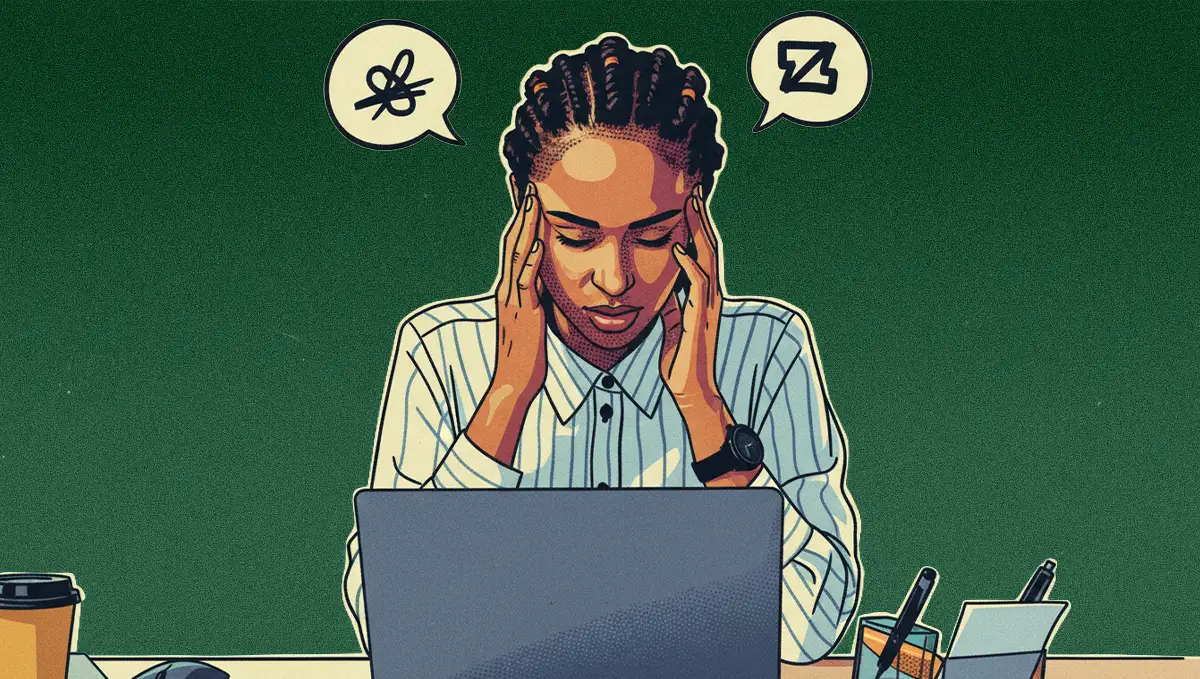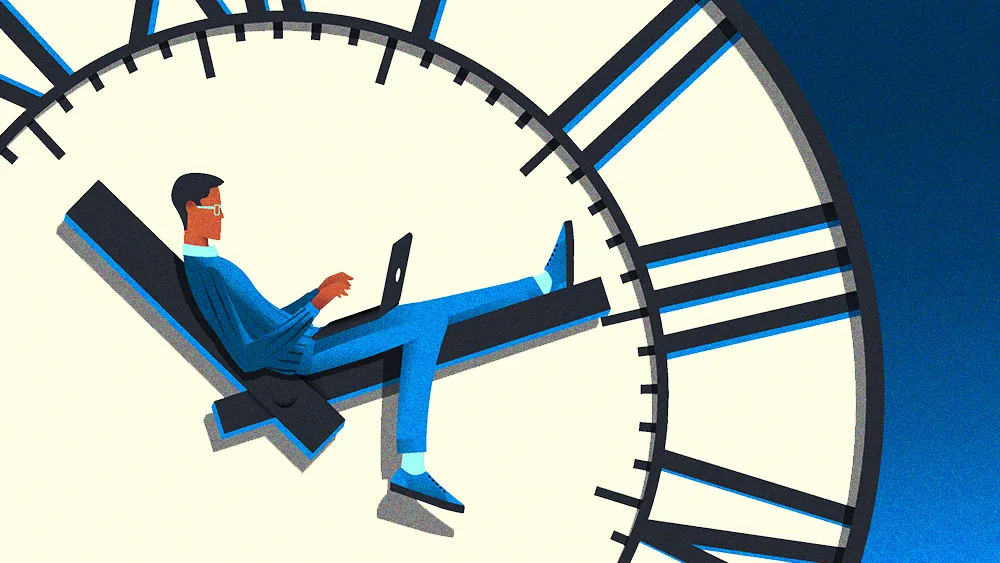Employers Get Real About Hustle Culture, Lean Into Transparency in Hiring

Key Points
Companies are dropping the pretense of balance and being upfront about the intensity of their work cultures to attract the right kind of talent.
Tom Lakin, Global Head of Future of Work at Robert Walters, explains that this honesty helps candidates self-select and strengthens trust between employers and employees.
He predicts that transparency will become a competitive advantage in hiring, as workers choose cultures that fit them while employers remain accountable for well-being.
We're seeing a trend toward greater transparency. Firms are becoming clearer about their expectations, which allows individuals to opt in or opt out before they even apply. That clarity helps employers hire the right people for their culture, and it helps candidates because it will allow us to self-filter in or self-filter out.

Tom Lakin
Global Head of Future of Work
Robert Walters
Transparency is the new name of the game in hiring. Instead of wrapping demanding roles in words like balance or flexibility, some employers are saying the quiet part out loud: work here, and it will be intense. The rise of ‘996’ culture is just the clearest sign of a wider shift toward radical honesty in recruiting. For the right candidate, that kind of clarity can be far more compelling than any polished, half-hearted promise of balance.
So what’s really going on here? According to Tom Lakin, Global Head of Future of Work at Robert Walters, the headlines about long hours and burnout barely scratch the surface. He sees something deeper taking shape: a complete rewiring of how employers and candidates understand each other.
“We’re seeing a trend toward greater transparency. Firms are becoming clearer about their expectations, which allows individuals to opt in or opt out before they even apply. That clarity helps employers hire the right people for their culture, and it helps candidates because it will allow us to self-filter in or self-filter out,” says Lakin.
The need for speed: For companies that embrace intensity, the motivation often comes down to one thing: momentum. “One of the main drivers behind this kind of culture is speed,” Lakin explains. “Rapid product cycles, constant responsiveness to the market, and a visible sense of momentum all send a message to investors that ‘you can have faith in us, that we’re doing everything we possibly can. In fast-growth environments, that perception of total commitment can be just as powerful as the product itself.”
Buy-in or burnout: For employees, the calculus looks different, though the appeal is just as real. “For smaller, high-growth firms, intensity becomes part of the deal. Equity often sweetens it, giving people a sense of ownership and buy-in to that startup mentality. But when you build a model around long hours and constant urgency, you’re also accepting a very real set of trade-offs for both the company and the individual,” he continues.
The trade-off for all that speed is fragility. When an organization builds its momentum on a handful of people running at full tilt, even one burnout can cause the whole system to stumble. Lakin compares it to the age-old fable that everyone knows, but few heed.
Tortoise vs. hare: “In these high-intensity models, the pressure on quality of hire is enormous,” he says. “If you’re hiring fewer people and expecting them to work longer hours, one bad fit can create huge disruption. The reality is that someone who seems all-in at 72 hours a week can hit a wall by month five, and suddenly that contribution goes from 72 hours a week to zero.”
The cost of chaos: And when burnout turns into turnover, the costs add up fast. Beyond the lost productivity, there’s the compounding expense of constant rehiring and retraining, a cycle that few businesses can sustain for long. “If you have a high-intensity culture, your attrition is often up to 2.5x that of the industry standard. It’s a steep price to pay for speed, and one that eventually catches up with even the best-intentioned teams,” Lakin explains.
More tech, more problems: The push for longer hours comes with an ironic twist. AI was supposed to make work lighter, yet it’s often fueling the urge to move faster without real gains in efficiency. “If organizations are spending money on AI, where are the productivity gains?” Lakin asks. “If we were academics predicting work input, we’d be proposing a 10-to-4 working week. Leaders need real talent strategies that focus on deploying AI for sensible use cases that genuinely improve output.”
Ultimately, Lakin believes a single work culture will never dominate because the market is naturally diverse. There have always been different workplaces for different people, and it’s that very polarization that gives transparency its power. Top talent has options, which incentivizes employers to be clear about their specific cultural offering to attract the right fit.
The candidate is king: “996 won’t become the norm across-the-board because the best candidates have choices. As a result, we’re seeing this polarization enter the workforce, where people can align themselves with the culture that truly fits them,” Lakin says.
The future of work, then, isn’t defined by one winning model, but by the clarity with which a multitude of models are presented. In this environment, transparency is the new competitive advantage, a signal of cultural maturity that attracts the right people. But Lakin adds a caveat: the freedom for employees to “opt-in” to an intense culture does not absolve leaders of the fundamental responsibility they have for their team’s well-being.
“We have to be mindful of the ethical responsibilities employers have. We have seen industries with very high pressure and burnout result in some very tragic situations. Ultimately, every organization has an ethical responsibility to look after its workforce,” Lakin concludes.
In these high-intensity models, the pressure on quality of hire is enormous. If you’re hiring fewer people and expecting them to work longer hours, one bad fit can create huge disruption. The reality is that someone who seems all-in at 72 hours a week can hit a wall by month five, and suddenly that contribution goes from 72 hours a week to zero.

Tom Lakin
Global Head of Future of Work
Robert Walters
In these high-intensity models, the pressure on quality of hire is enormous. If you’re hiring fewer people and expecting them to work longer hours, one bad fit can create huge disruption. The reality is that someone who seems all-in at 72 hours a week can hit a wall by month five, and suddenly that contribution goes from 72 hours a week to zero.

Tom Lakin
Global Head of Future of Work
Robert Walters
Related articles
TL;DR
Companies are dropping the pretense of balance and being upfront about the intensity of their work cultures to attract the right kind of talent.
Tom Lakin, Global Head of Future of Work at Robert Walters, explains that this honesty helps candidates self-select and strengthens trust between employers and employees.
He predicts that transparency will become a competitive advantage in hiring, as workers choose cultures that fit them while employers remain accountable for well-being.

Tom Lakin
Robert Walters
Global Head of Future of Work

Global Head of Future of Work
Transparency is the new name of the game in hiring. Instead of wrapping demanding roles in words like balance or flexibility, some employers are saying the quiet part out loud: work here, and it will be intense. The rise of ‘996’ culture is just the clearest sign of a wider shift toward radical honesty in recruiting. For the right candidate, that kind of clarity can be far more compelling than any polished, half-hearted promise of balance.
So what’s really going on here? According to Tom Lakin, Global Head of Future of Work at Robert Walters, the headlines about long hours and burnout barely scratch the surface. He sees something deeper taking shape: a complete rewiring of how employers and candidates understand each other.
“We’re seeing a trend toward greater transparency. Firms are becoming clearer about their expectations, which allows individuals to opt in or opt out before they even apply. That clarity helps employers hire the right people for their culture, and it helps candidates because it will allow us to self-filter in or self-filter out,” says Lakin.
The need for speed: For companies that embrace intensity, the motivation often comes down to one thing: momentum. “One of the main drivers behind this kind of culture is speed,” Lakin explains. “Rapid product cycles, constant responsiveness to the market, and a visible sense of momentum all send a message to investors that ‘you can have faith in us, that we’re doing everything we possibly can. In fast-growth environments, that perception of total commitment can be just as powerful as the product itself.”
Buy-in or burnout: For employees, the calculus looks different, though the appeal is just as real. “For smaller, high-growth firms, intensity becomes part of the deal. Equity often sweetens it, giving people a sense of ownership and buy-in to that startup mentality. But when you build a model around long hours and constant urgency, you’re also accepting a very real set of trade-offs for both the company and the individual,” he continues.

Tom Lakin
Robert Walters
Global Head of Future of Work

Global Head of Future of Work
The trade-off for all that speed is fragility. When an organization builds its momentum on a handful of people running at full tilt, even one burnout can cause the whole system to stumble. Lakin compares it to the age-old fable that everyone knows, but few heed.
Tortoise vs. hare: “In these high-intensity models, the pressure on quality of hire is enormous,” he says. “If you’re hiring fewer people and expecting them to work longer hours, one bad fit can create huge disruption. The reality is that someone who seems all-in at 72 hours a week can hit a wall by month five, and suddenly that contribution goes from 72 hours a week to zero.”
The cost of chaos: And when burnout turns into turnover, the costs add up fast. Beyond the lost productivity, there’s the compounding expense of constant rehiring and retraining, a cycle that few businesses can sustain for long. “If you have a high-intensity culture, your attrition is often up to 2.5x that of the industry standard. It’s a steep price to pay for speed, and one that eventually catches up with even the best-intentioned teams,” Lakin explains.
More tech, more problems: The push for longer hours comes with an ironic twist. AI was supposed to make work lighter, yet it’s often fueling the urge to move faster without real gains in efficiency. “If organizations are spending money on AI, where are the productivity gains?” Lakin asks. “If we were academics predicting work input, we’d be proposing a 10-to-4 working week. Leaders need real talent strategies that focus on deploying AI for sensible use cases that genuinely improve output.”
Ultimately, Lakin believes a single work culture will never dominate because the market is naturally diverse. There have always been different workplaces for different people, and it’s that very polarization that gives transparency its power. Top talent has options, which incentivizes employers to be clear about their specific cultural offering to attract the right fit.
The candidate is king: “996 won’t become the norm across-the-board because the best candidates have choices. As a result, we’re seeing this polarization enter the workforce, where people can align themselves with the culture that truly fits them,” Lakin says.
The future of work, then, isn’t defined by one winning model, but by the clarity with which a multitude of models are presented. In this environment, transparency is the new competitive advantage, a signal of cultural maturity that attracts the right people. But Lakin adds a caveat: the freedom for employees to “opt-in” to an intense culture does not absolve leaders of the fundamental responsibility they have for their team’s well-being.
“We have to be mindful of the ethical responsibilities employers have. We have seen industries with very high pressure and burnout result in some very tragic situations. Ultimately, every organization has an ethical responsibility to look after its workforce,” Lakin concludes.




